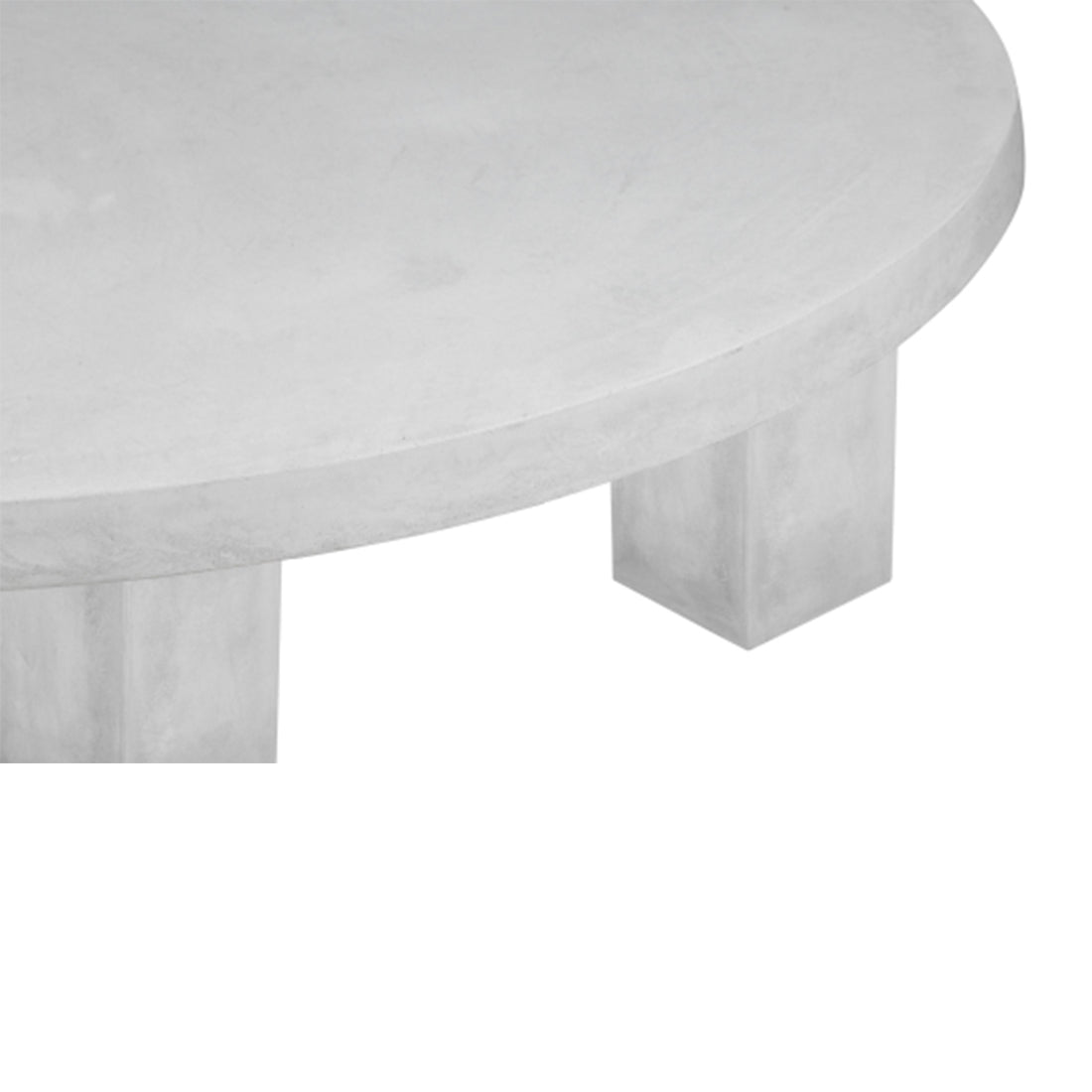A Beginner's Guide to Concrete Furniture
Share
Introduction
Concrete furniture is no longer confined to industrial spaces and outdoor patios. Today, it's a stylish, versatile choice for modern interiors, blending durability with a sleek aesthetic. Whether you're a DIY enthusiast or just curious about integrating concrete pieces into your home, this guide will provide you with everything you need to get started.

Why Choose Concrete Furniture?
- Durability: Concrete furniture is incredibly robust, making it ideal for high-traffic areas or outdoor spaces. It withstands wear and tear, extreme weather conditions, and heavy use.
- Aesthetic Appeal: With its clean lines and minimalist look, concrete furniture adds a contemporary touch to any room. It's also versatile, complementing various design styles from industrial to Scandinavian.
- Customization: Concrete can be molded into virtually any shape and size, offering endless possibilities for customization. You can also add pigments, stains, and finishes to match your decor.
- Sustainability: When made with eco-friendly materials and practices, concrete furniture can be a sustainable choice. It often has a longer lifespan than other materials, reducing the need for replacements.
Types of Concrete Furniture
- Tables: Concrete tables, including coffee tables, dining tables, and side tables, are popular due to their sturdy surfaces and stylish appearance. They can be paired with various materials like wood and metal for a unique look.
- Benches: Perfect for both indoor and outdoor use, concrete benches offer a chic yet functional seating option. They can be softened with cushions or left bare for a more industrial vibe.
- Shelves and Consoles: Concrete shelves and console tables provide a solid foundation for displaying items. Their weight and stability make them perfect for supporting heavy objects like books and sculptures.
- Planters: While not furniture in the traditional sense, concrete planters are an excellent way to bring greenery into your space. They add a modern touch to your garden or living room.
Caring for Concrete Furniture
Concrete furniture is relatively low-maintenance, but here are a few tips to keep it looking its best:
- Cleaning: Wipe with a damp cloth and mild soap. Avoid harsh chemicals that can damage the surface.
- Sealing: Reapply sealant every 1-2 years to maintain protection against stains and moisture.
- Handling: Although durable, concrete can chip if handled roughly. Be careful when moving or rearranging your pieces.
Conclusion
Concrete furniture offers a unique blend of style and functionality, making it a great addition to any home. Whether you buy ready-made pieces or embark on a DIY project, this durable material will provide long-lasting beauty and utility. With the right care, your concrete furniture can become a cherished part of your living space for years to come.
Feel free to reach out in the comments if you have any questions or if you’d like to share your own concrete furniture projects!

